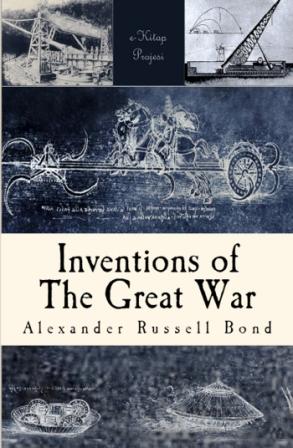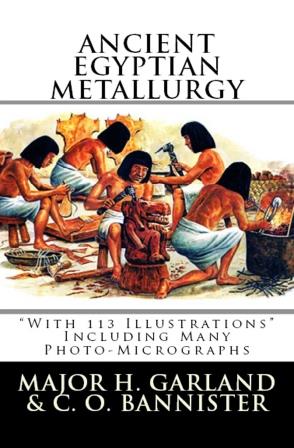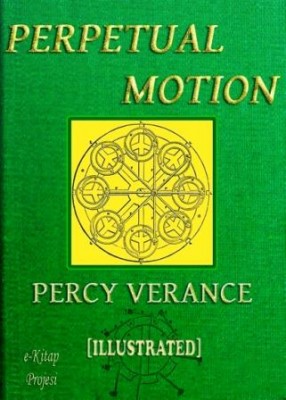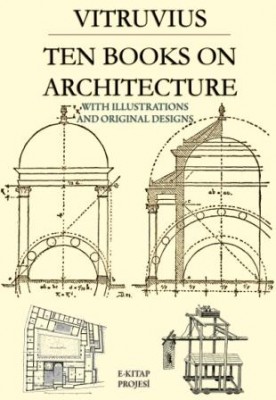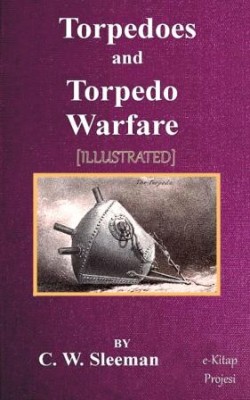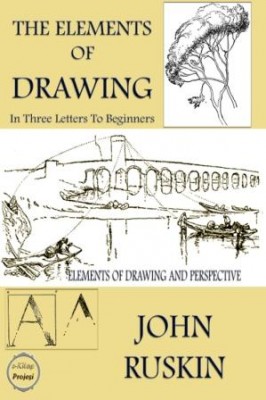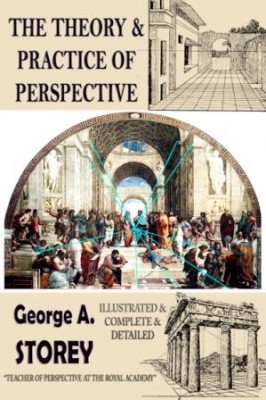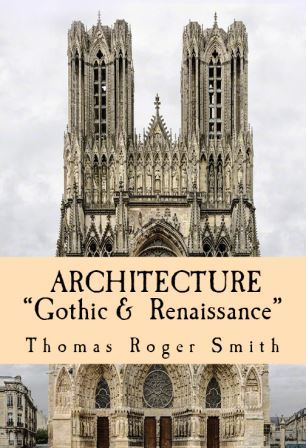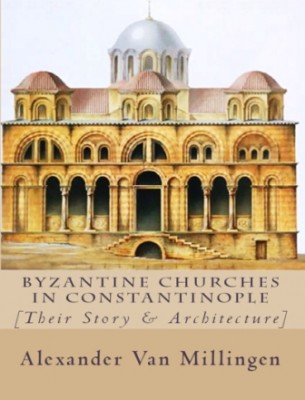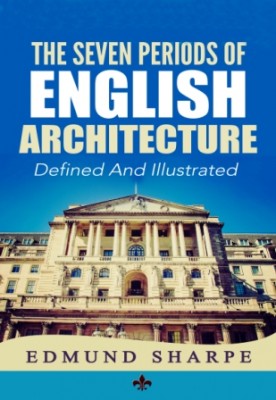More Search Results...
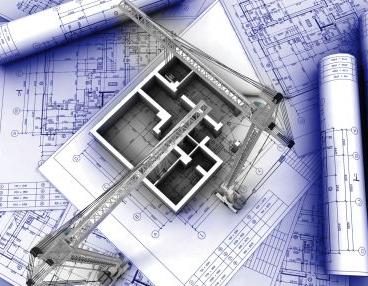
Inventions of the Great War
The great World War was more than two-thirds over when America entered the struggle, and yet in a sense this country was in the war from its very beginning. Three great inventions controlled the character of the fighting and made it different from any other the world has ever seen. These three inventions were American. The submarine was our invention; it carried the war into the sea. The airplane was an American invention; it carried the war into the sky. We invented the machine-gun; it drove the war into the ground.
More info →Ancient Egyptian Metallurgy
The practical points brought out by this work are
( 1) The value of microscopical examination in the study of ancient specimens:
(2) The probability of a much earlier iron age in Egypt than that generally accepted:
(3) The early use of the " cire perdu " process for castings; and
(4) the comparatively late use of cold working associated with annealing for the shaping of vessels, etc.
Perpetual Motion
The author has no apology to offer for the production of this book. He has spent his life in environments that have brought him into constant contact with mechanics, artisans and laborers as well as professional men, engineers, chemists and technical experts of various types. He knows a great many men—young men, for the most part—are constantly working on the old, old problem of Perpetual Motion; that much money, and much time are being spent in search of a solution for that problem which all scientific and technical men tell us is impossible of solution.
More info →Ten Books On Architecture
During the last years of his life, Professor Morgan had devoted much time and energy to the preparation of a translation of Vitruvius, which he proposed to supplement with a revised text, illustrations, and notes. He had completed the translation, with the exception of the last four chapters of the tenth book, and had discussed, with Professor Warren, the illustrations intended for the first six books of the work; IN THIS IMPORTANT BOOK, the notes had not been arranged or completed. Marcus Vitruvius Pollio (born c. 80–70 BC, died after c. 15 BC) was a Roman writer, architect and engineer, active in the 1st century BC. He is best known as the author of the multi-volume work De Architectura ("On Architecture"). By his own description Vitruvius served as a ballista (artilleryman), the third class of arms in the military offices. He likely served as chief of the ballista (senior officer of artillery) in charge of doctores ballistarum (artillery experts) and libratores who actually operated the machines.
More info →Torpedoes and Torpedo Warfare
THE earliest record we have of the employment of an infernal machine at all resembling the torpedo of the present day, was in 1585 at the siege of Antwerp. Here by means of certain small vessels, drifted down the stream, in each of which was placed a magazine of gunpowder, to be fired either by a trigger, or a combination of levers and clockwork, an Italian engineer, Lambelli, succeeded in demolishing a bridge that the enemy had formed over the Scheldt.
(Early History of the Torpedoes)
The Elements of Drawing
["The Elements of Drawing" was written during the winter of 1856. The First Edition was published in 1857; the Second followed in the same year, with some additions and slight alterations. The Third Edition consisted of sixth thousand, 1859; seventh thousand, 1860; and eighth thousand, 1861.
The work was partly reproduced in "Our Sketching Club," by the Rev. R. St. John Tyrwhitt, M.A., 1874; with new editions in 1875, 1882, and 1886.
Mr. Ruskin meant, during his tenure of the Slade Professorship at Oxford, to recast his teaching, and to write a systematic manual for the use of his Drawing School, under the title of "The Laws of Fésole." Of this only vol. i. was completed, 1879; second edition, 1882.
As, therefore, "The Elements of Drawing" has never been completely superseded, and as many readers of Mr. Ruskin's works have expressed a desire to possess the book in its old form, it is now reprinted as it stood in 1859.]
The Theory and practice of perspective
IT is much easier to understand and remember a thing when a reason is given for it, than when we are merely shown how to do it without being told why it is so done; for in the latter case, instead of being assisted by reason, our real help in all study, we have to rely upon memory or our power of imitation, and to do simply as we are told without thinking about it. The consequence is that at the very first difficulty we are left to flounder about in the dark, or to remain inactive till the master comes to our assistance.
Now in this book it is proposed to enlist the reasoning faculty from the very first: to let one problem grow out of another and to be dependent on the foregoing, as in geometry, and so to explain each thing we do that there shall be no doubt in the mind as to the correctness of the proceeding. The student will thus gain the power of finding out any new problem for himself, and will therefore acquire a true knowledge of perspective.
George Adolphus Storey
Architecture (Gothic and Renaissance)
THE history, the features, and the most famous examples of European architecture, during a period extending from the rise of the Gothic, or pointed, style in the twelfth century to the general depression which overtook the Renaissance style at the close of the eighteenth, form the subject of this little volume. I have endeavoured to adopt as free and simple a mode of treatment as is compatible with the accurate statement of at least the outlines of so very technical a subject.
More info →Byzantine Churches in Constantinople
This volume is a sequel to the work I published, several years ago, under the title, Byzantine Constantinople: the Walls of the City, and adjoining Historical Sites. In that work the city was viewed, mainly, as the citadel of the Roman Empire in the East, and the bulwark of civilization for more than a thousand years. But the city of Constantine was not only a mighty fortress. It was, moreover, the centre of a great religious community, which elaborated dogmas, fostered forms of piety, and controlled an ecclesiastical administration that have left a profound impression upon the thought and life of mankind. New Rome was a Holy City. It was crowded with churches, hallowed, it was believed, by the remains of the apostles, prophets, saints, and martyrs of the Catholic Church; shrines at which men gathered to worship, from near and far, as before the gates of heaven.
More info →The Seven Periods of English Architecture
To present at a single glance a comprehensive view of the History of English Church Architecture from the Heptarchy to the Reformation, and to do this in a manner, which, without taxing too seriously the memory of the student, may enable him to fix in his mind the limits, and the general outline of the inquiry he is about to enter upon, is the object of the present treatise.
More info →

























